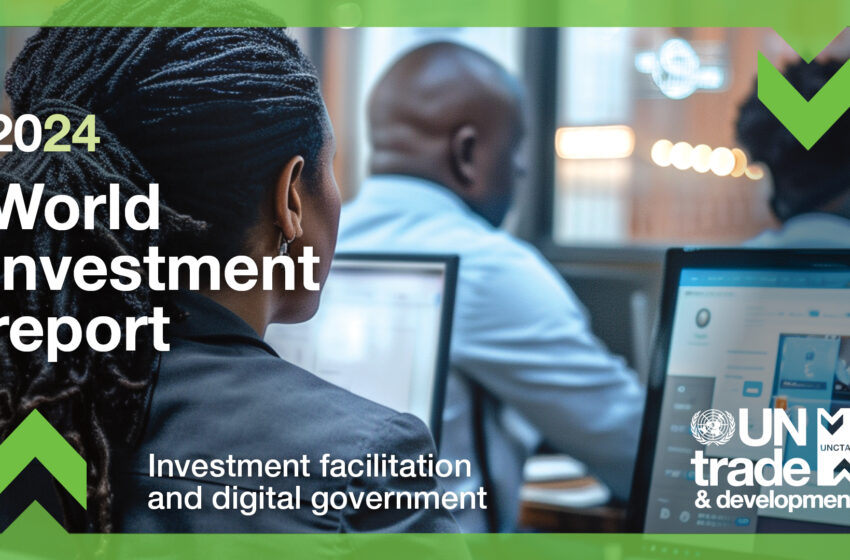
Global FDI Decline by 2% to $1.3 Trillion in 2023
Steep decline in international project finance coupled with cross-border mergers and acquisitions (M&A) impacted the global foreign direct investment (FDI) which decreased marginally, by 2% to $1.3 trillion in 2023, the UN Trade and Development (UNCTAD) said on Thursday.
In its report entitled “World Investment Report 2024,” which was released in Geneva, UNCTAD said that this decline, which fell by 46% in value, was due to the wild swings in financial flows through a small number of European conduit economies; excluding the effect of these conduits, global FDI flows were more than 10% lower than in 2022.
The global environment for international investment remains challenging in 2024. Weakening growth prospects, economic fracturing trends, trade and geopolitical tensions, industrial policies and supply chain diversification are reshaping FDI patterns, causing some multinational enterprises (MNEs) to adopt a cautious approach to overseas expansion.
However, MNE profit levels remain high, financing conditions are easing and increased greenfield project announcements in 2023 will positively affect FDI. Modest growth for the full year appears possible.
The report said that project finance, important for infrastructure investment, was down 26% due to tighter financing conditions, investor uncertainty, volatility in financial markets and – for M&As – tighter regulatory scrutiny were the principal causes of the decline.
Greenfield investment project announcements provided a bright spot. Project numbers increased by 2%, with the growth concentrated in manufacturing, interrupting a decade-long trend of gradual decline in the sector.
Furthermore, growth was concentrated in developing countries, where the number of projects was up by 15%. In developed countries new project announcements were down 6%, UNCTAD said in the report.
Developed Nations
In developed countries, the 2023 trend was strongly affected by MNE financial transactions, partly caused by moves to implement a minimum tax on the largest MNEs. FDI flows in Europe jumped from negative $106 billion in 2022 to positive $16 billion because of volatility in conduit economies. Inflows to the rest of Europe were down 14%.
Inflows in other developed countries also stagnated, with a 5% decline in North America and sizeable falls elsewhere. FDI flows to developing countries fell by 7% to $867 billion, mainly due to an 8% decrease in developing Asia.
Flows fell by 3% in Africa and by 1% in Latin America and the Caribbean. The number of international project finance deals fell by a quarter. Greenfield project announcements in developing countries increased by more than 1,000, but these projects were highly concentrated; South-East Asia accounted for almost half, West Asia for a quarter and Africa registered a small increase, while Latin America and the Caribbean attracted fewer projects.
FDI inflows to Africa declined by 3% in 2023 to $53 billion. Greenfield announcements included several megaprojects, including the largest announcement worldwide – a green hydrogen project in Mauritania. International project finance fell by a quarter in number of deals and by half in value, negatively affecting prospects for infrastructure investment.
FDI in developing Asia fell by 8% to $621 billion. China, the second largest FDI recipient in the world, saw a rare decline in inflows. Sizeable declines were recorded in India and in West and Central Asia. Only South-East Asia held steady. Industrial investment in Investment facilitation and digital government.
Asia remains buoyant, as shown by greenfield announcements, but the global downturn in project finance also affected the region.
Flows to Latin America and the Caribbean were down 1%, at $193 billion. The number of international project finance and greenfield investment announcements fell, but the value of the latter increased because of large projects in commodity sectors and critical minerals, as well as in renewable energy, green hydrogen and green ammonia.











